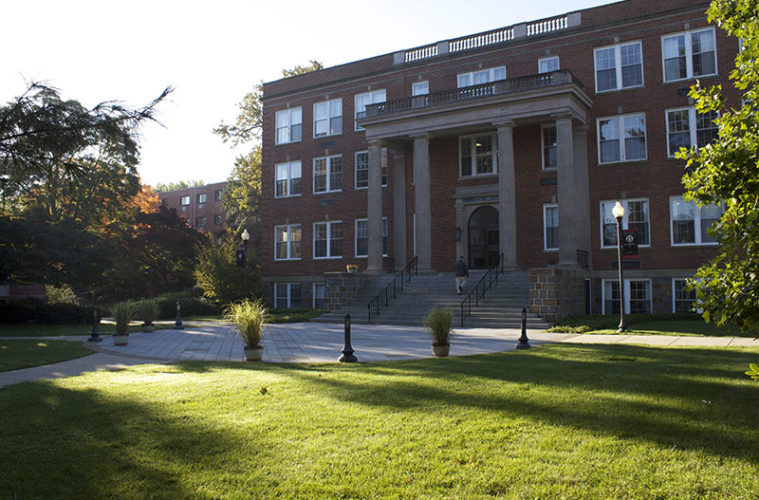If I told you that in order to have a social life at ENC you would need to pay thousands of dollars, you would probably call me crazy. But that’s how much money it costs to room and board on campus, and whether or not to pay for this convenience is a dilemma faced by many commuter students who find it difficult to maintain a social life and connection with other students on campus.
Junior Gabrielle LaPierre explains many issues with commuter life at ENC revealing some of the social hardships that come from being a commuter.
“I always want to attend Late Night, but it’s late at night,” says LaPierre. “It’s annoying to commute back and forth. If it’s a school club that I am involved in, I will make a point to find some form of transportation, but I have to really want to be a part of something in order to commit to the trip.”
Transportation makes it hard for commuters to attend campus events. They come for classes during the day, but the events typically do not happen until the evening. This means that commuters need to find some way to feed and occupy themselves until the event and find a ride home.
“The problem is that if you don’t have a meal plan, you’re not allowed in the cafeteria. The cafeteria is a big help with making friends,” says LaPierre. “Luckily, I have met people who are willing to meet me here in Hebrews and will hang out with me, but it still feels very segregated…. Yes, the commuter lounge has good intentions, but the intentions are not the problem.”
LaPierre says social divisions are caused by the existence of the commuter lounge. “It’s isolating. The lounge gets freezing in the winter time and not many students sit in there anyway. I get it. There’s a fridge and a microwave and that’s great for those that bring food, but that still sends the message of ‘You have to eat here; you can’t bring your food to the cafeteria.’”
One factor that makes the lounge isolating is simply the name. LaPierre explains, “When you label a space ‘the commuter lounge’, only commuters are going to go there…. The majority of commuters don’t want to be separated like that. Just call it ‘The Lounge.’”
Food is a social vehicle; it’s something we use to connect with other human beings. Even other students recognize that this is problematic when it comes to commuters and the cafeteria. “I’ve had friends try to sneak me into the cafeteria. I don’t want to be snuck in. Why do I have to feel like a criminal for just wanting to sit down and talk with my friends? Why would you want to isolate people who are a part of the campus?” says LaPierre.
Another problem is access to a meal plan. Some commuters are not aware of a meal plan, but a few options are available to them. The smallest plan allows for one meal per week and the largest allows for five meals per week. Either way, this still imposes limits on commuters’ access to social spaces.
The meal plan for a commuter could mean up to three hundred dollars per semester to hang out with your friends. Commuters might not see it as practical to pay for an entire meal plan, but they could pay $5.75 for lunch or $6.00 for dinner to have a meal with their fellow students.
“I think the problem is that not enough commuters have the opportunity to make friends,” says LaPierre. She does have some ideas to help the resident-commuter situation: “have a commuter on SGA.”
“[SGA members are] the students that plan events.… I haven’t spoken to anyone in SGA. Why? Because no one knows me. Why? Because I’m not involved enough. Why? Because I’m a commuter and it’s difficult. I mean I sit in Hebrews all the time. SGA is right down the hall, but nobody talks to me because they don’t know me. How am I supposed to vote for you when I don’t know who you are or you don’t care enough to know who I am?”
It is important to note that historically there had been an SGA Commuter Council, but this year, no one applied to run. Although the Commuter Council is needed, the lack of awareness about it points to issues regarding the council’s effectiveness.
In the end, however, the problem remains. We as a campus need to figure out how to get commuters more involved.

